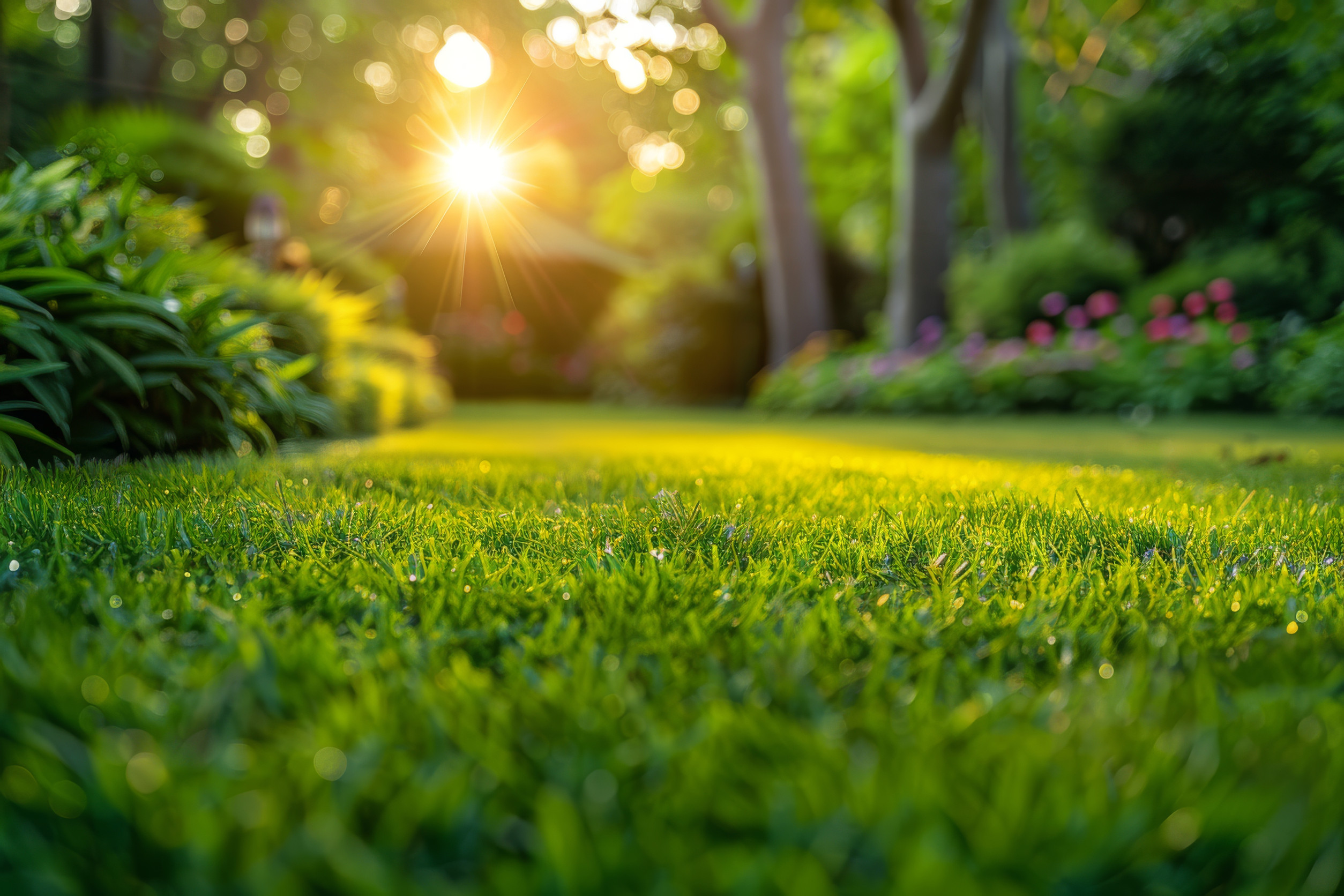Introduction
Minnesota’s changing seasons bring unique challenges for homeowners trying to maintain a healthy lawn. Harsh winters, rainy springs, hot summers, and unpredictable falls all require different care strategies. With a little planning, you can keep your lawn looking its best no matter the time of year. Here’s a seasonal breakdown of what your lawn needs to stay green and thriving.
Spring Lawn Care: Bringing Your Lawn Back to Life
After months of snow and freezing temperatures, your lawn will need some help recovering.
- Dethatch and Rake – Clear away dead grass and debris to improve air circulation and prepare the soil for new growth.
- Aerate the Soil – Loosening compacted soil allows water, nutrients, and oxygen to reach the roots.
- Fertilize Wisely – A slow-release fertilizer will help your grass grow strong and green.
- Prevent Weeds Early – Applying a pre-emergent herbicide in early spring can keep weeds from taking over.
- Mow with Care – Keep the grass slightly longer (about three inches) to encourage deep roots and crowd out weeds.
Summer Lawn Care: Keeping Your Grass Healthy in the Heat
The summer sun can take a toll on your lawn, making proper watering and maintenance essential.
- Water Deeply but Infrequently – Lawns need about an inch of water per week, best applied in the early morning.
- Mow at the Right Height – Taller grass (three to four inches) helps shade the soil and retain moisture.
- Watch for Pests – Keep an eye out for signs of grub damage or insect infestations.
- Spot Treat Weeds – Pull weeds manually or use targeted treatments to avoid damaging your grass.
Fall Lawn Care: Prepping for the Cold Months Ahead
Fall is a critical time for lawn care, setting the stage for a strong comeback in the spring.
- Overseed Patchy Areas – Planting new grass in thin spots will give your lawn a fuller look in the spring.
- Apply a Fall Fertilizer – A fertilizer with high potassium content will strengthen roots for winter.
- Keep Up with Leaf Removal – Too many leaves left on the lawn can create mold and kill grass.
- Winterize Your Lawn – Gradually lower your mowing height in preparation for dormancy.
Winter Lawn Care: Protecting Your Lawn While It’s Dormant
Even though your grass isn’t growing, it still needs protection from winter damage.
- Minimize Foot Traffic – Walking on frozen grass can weaken it and cause damage.
- Prevent Snow Mold – Try to avoid heavy snow accumulation in one spot for long periods.
- Use Deicing Products Carefully – Salt can harm grass, so choose pet- and lawn-friendly alternatives.
Conclusion
A great lawn doesn’t happen by accident—it takes consistent care throughout the year. By following these seasonal tips, Minnesota homeowners can keep their grass healthy and resilient no matter the weather. If you need help with lawn maintenance, RJ3 Property Maintenance is ready to assist. Contact us to keep your lawn looking its best year-round.
